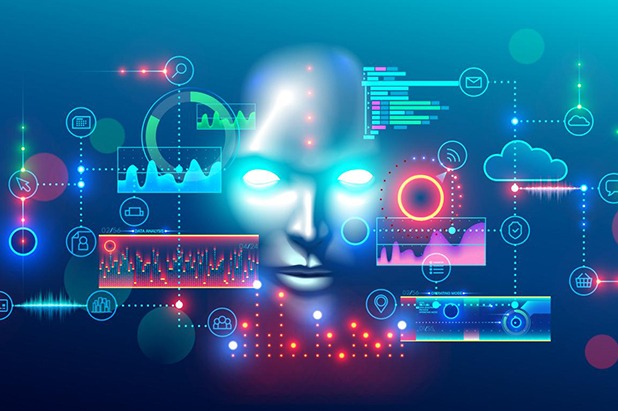Data Analytics is no more the future. It is here and now. Many people believed that it is just a flash in the pan and will wear off in some time. That fact is settled, and big data and analytics are here to stay. It is estimated that the market will grow at a CAGR of 30 percent between 2017 and 2023. This speedy growth will propel the market size for Big Data to reach a size of $80 billion. Information is no longer power. Processed data is the power as it provides us with the wisdom and insight required to take corrective actions. Most of the companies are in a race to become more data-driven. This has been powered by the fact it has become extremely easy to collect and process data due to technical advances. Data is also coming in from various sources which can be analyzed to get a holistic view of the situation. Data from sensors, devices, etc. are all collected and analyzed. Another important aspect that has given rise to this data-driven culture is the advent of AI and ML which is helping in creating advanced algorithms to further analyze data.
How AI /ML and Data Analytics Reinforce Each Other
Before we understand how they are propelling the growth of data and analytics, let’s get a helicopter view of what they mean. AI and ML help the analytics systems become more powerful, efficient, and accurate. AI, as technology, is a system that can collate data from various sources in batches and in-stream and provide with actionable insights. In short, it is programmed to “mimic human intelligence”. ML is a subpart of AI. It consists of algorithms which are generated from live data to understand patterns better. More the data better the algorithm. With an increase in data, it becomes easier for the machine to learn by itself and reinforce the efficacy of the AI ecosystem.
Just a few years back, it was tempting to discard AI/ML as sci-fi stuff. But now it has become a reality, and the organizations which are sitting on heaps of data are capitalising on it to better the customer experience. A recommendation engine of Amazon and personalisation of menu by Starbucks using the Loyalty App are examples of AI/ML building upon the strong data foundation. Another common place example is Google telling us when to leave to reach a destination on time.
It is self-explanatory now how one reinforces the other. The algorithms mature and become more accurate as they get to work on more and more data from structured and unstructured sources such as internal systems, customer data, social media, email, text, etc. The days of just pictorial representation of data are a passé. Organisations now want to get more value from the data they are collecting. By leveraging the power of Data Science, companies don’t want to just visualize the data but also bring in predictive and advanced analytics on the plate. This is where algorithms come in handy in detecting anomalies and patterns. Fraud detection, behavioral analysis on live data are just a few examples of how AI and ML are helping companies realize the value of data.
AI /ML and Data Analytics in Action
The banking industry is one of the most prominent sectors using the power of AI and ML to make sense of the data and drive business value. With the assistance of Data Scientists, banks are getting a 360-degree view of customer data which they are using to provide better digital experiences. They are right now the biggest implementor of data lakes to collect geospatial as well as population growth data to understand their customers better. With the holistic view at their disposal, banks are also leveraging digital avenues to dish our bespoke services. This is also going way beyond just customer experience. Investment advice is also being customized according to the requirement of the customer. Better understanding of the customer powers this.
Post the 2014 crash; the oil and gas industry has woken up to the fact that it needs to embrace digital technologies to bring in operational efficiency. Digital technologies can help these companies save millions. AI and ML have the power to make the industry more optimised and safer than it earlier was. It is already being used for risk detections as well as for spotting anomalies by analyzing the collected data from IoT and other sensors. The game changer is slated to be AI/ML’s capability to process data and correctly predicting the best drilling locations. This is a pain area for the industry as people are plagued with false positives. It resulted in wasted resources, but AI/ML can be the panacea for this disease.
No industry is free of the impact of AI/ML on big data analytics. Retail, banking, manufacturing, oil & gas, etc. are all trying to convert their data into tangible assets which can increase their revenue, help them serve their customers better, innovate new business models, and help them improve their operational efficiencies. The organisations not riding on this wave will risk losing ground to others.




